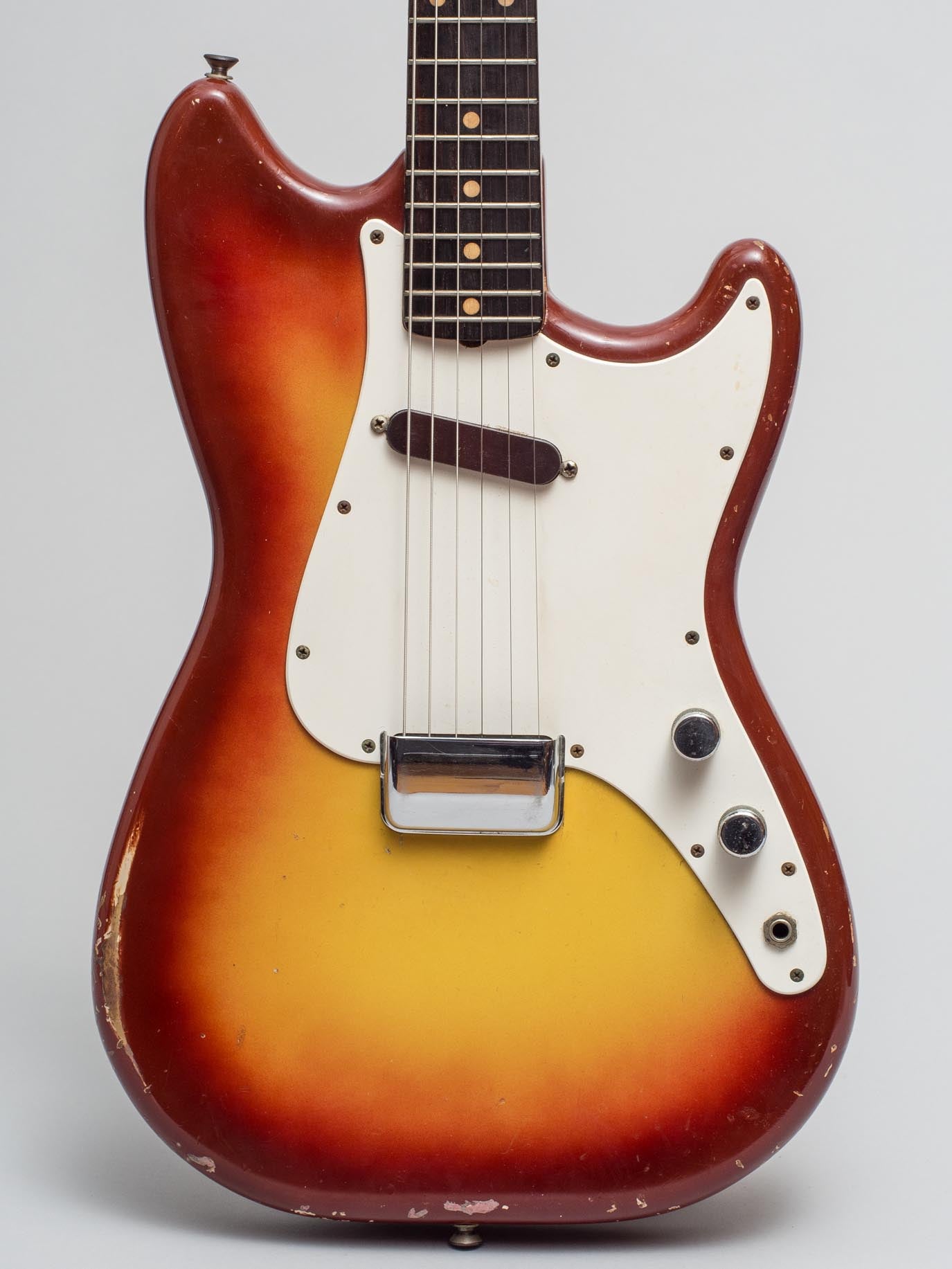
Subsequently the data will be deleted from our archives or destroyed in compliance with current legislation.

The personal data you provide will be processed and stored for the purposes set out in points 1a. The personal data you provide will be communicated to authorized third parties for the fulfillment of legal obligations and for the management of your request. Any refusal to provide such data could lead to failure or partial execution of the contract. As part of the data processing described above it is necessary to know and memorize all the data necessary for the management of your request, such as, for example, the company's and personal details, telephone contact number, e-mail address, etc. Your personal data will be stored in our digital archives and in any case on the European territory. The processing of personal data will be carried out both through IT tools and manually by specially appointed employees. Fender 1960 Fender Jazzmaster & 1964 Fender Jazz Bass (Slim Dossey Collection) 1975 Fender Musicmaster Bass 1966 Fender Precision Bass 1961 Fender Jazz Bass. The management your request of information about our products.


The personal data you give to ESSE MUSIC STORE SRL, the controller, will be handled for the following purposes:Ī. 13 of GDPR 2016/679 we hereby transmit the following information: Having said this, there are a lot worse guitars out there, and as well as being historically important, the 1820 bass can certainly provide the goods when required.We would like to inform you that GDPR 2016/679 (regarding the protection of personal data) safeguards the protection of persons and other subjects regarding the processing of personal data.Īccording to the GDPR 2016/679, this data handling is based on principles of correctness, lawfulness, transparency and protection of your privacy and your rights. Over the course of the 70s, the Japanese output improved dramatically, and in many ways these early 70s models are a low point for the brand. These new Epiphones were based on existing Matsumoku guitars, sharing body shapes, and hardware, but the Epiphone line was somewhat upgraded, with inlaid logos and a 2x2 peghead configuration. The Matsumoku factory had been producing guitars for export for some time, but the 1820 bass (alongside a number of guitar models and the 5120 electric acoustic bass) were the first Epiphone models to be made there. Fender Musicmaster, 1956-1964ġ958 Fender Musicmaster Image Heritage auctionsīy the end of the 1960s, a decision had been made to move Epiphone guitar production from the USA (at the Kalamazoo plant where Gibson guitars were made), to Matsumoto in Japan, creating a line of guitars and basses significantly less expensive than the USA-built models (actually less than half the price). 1961 Fender Musicmaster in Desert Sand finish, beautiful early 'slapboard' example in excellent condition and all original. The Musicmaster was clearly a success, remaining in continuous production until 1982. 1961 Fender Musicmaster Desert Sand incl. As Fender put it in the 1976 catalog "Begin with a Musicmaster, and graduate to stardom!". This fact was demonstrated on the cover of the 1958 'Down Beat' brochure - an adult plays a Fender Stratocaster, whilst a child looks on, Fender Musicmaster in hand. But in truth, most experienced guitarists wanting to play widely spaced chords or the extra speed afforded by closer frets would chose the dual pickup Duo-Sonic - assuming price was not an issue!įender always believed that if beginner guitarists chose Fender, they would more likely continue playing Fender guitars as they got older. The 1950s Fender Musicmaster was described as three quarter size, but the difference in size was not so great: Fender also suggested these models for more established players with smaller hands.
#1961 fender musicmaster professional#
Although these 'student' guitars were shorter scale than the Fender standard (22 1/2" vs 25"), they were not 'student' in terms of build quality - in fact very much in line with the Fender professional models such as the Telecaster and Stratocaster. It was joined shortly afterwards by a dual pickup companion model, the Duo-Sonic.

The three-quarter size Fender Musicmaster debuted in 1956, as a new student model in the Fender solid body range.


 0 kommentar(er)
0 kommentar(er)
